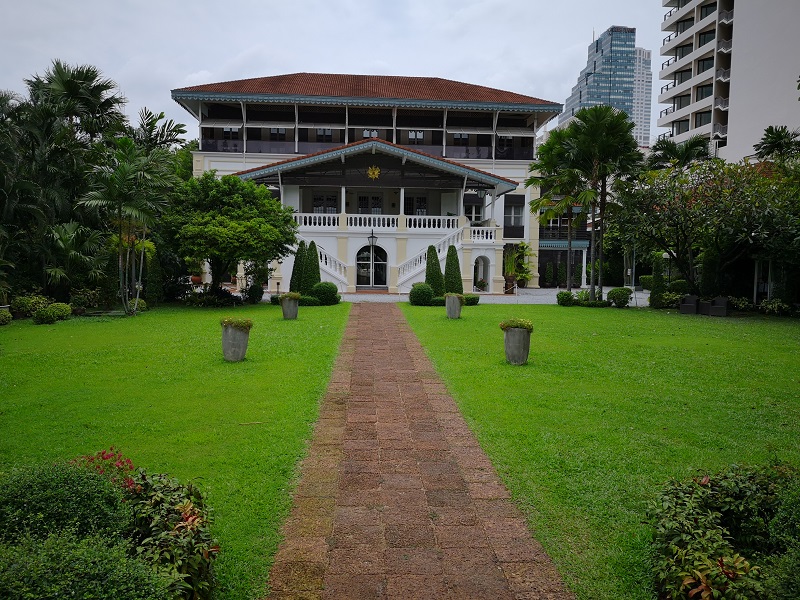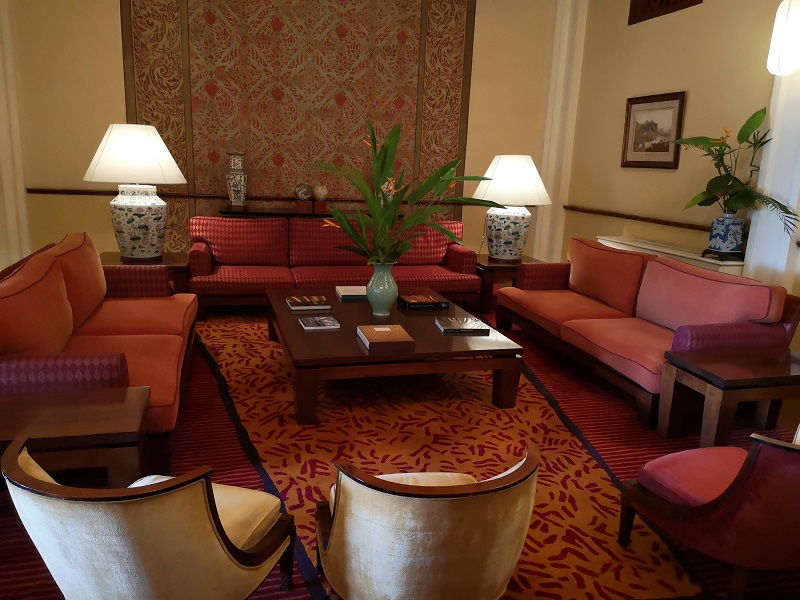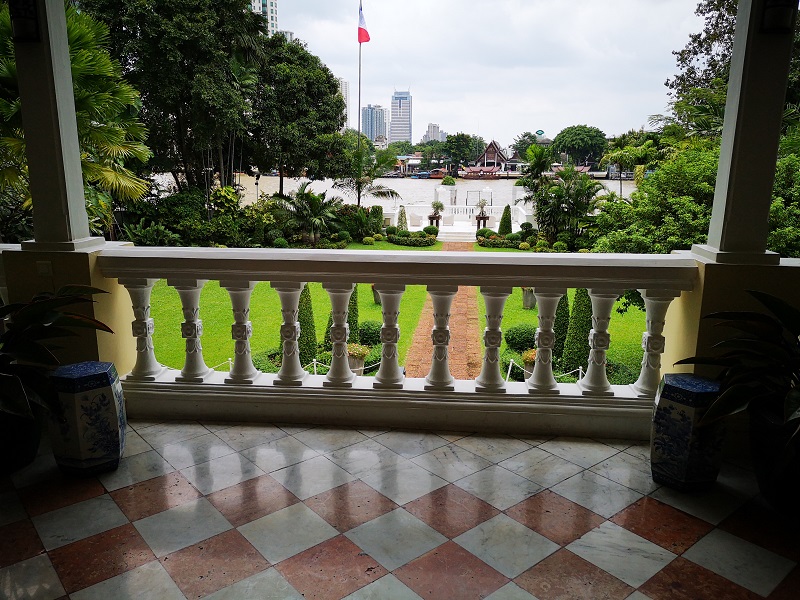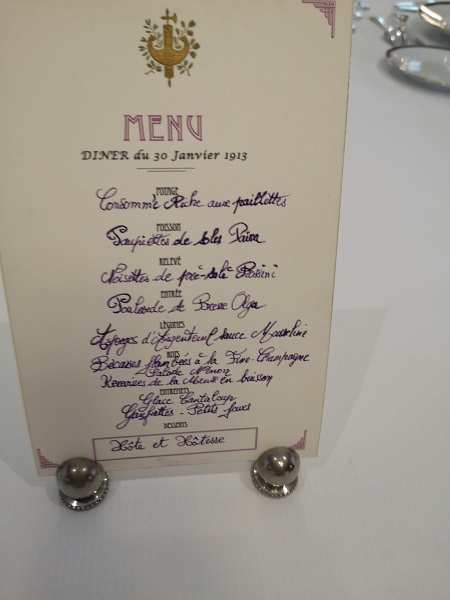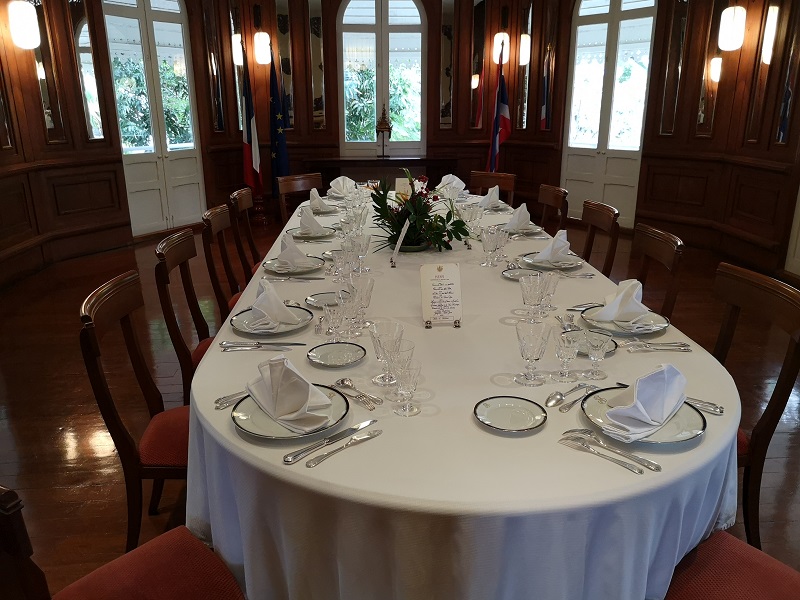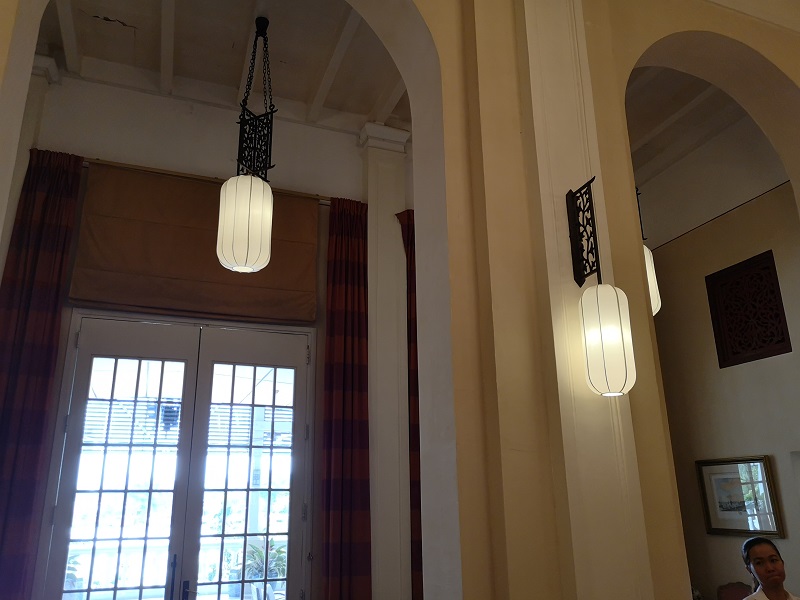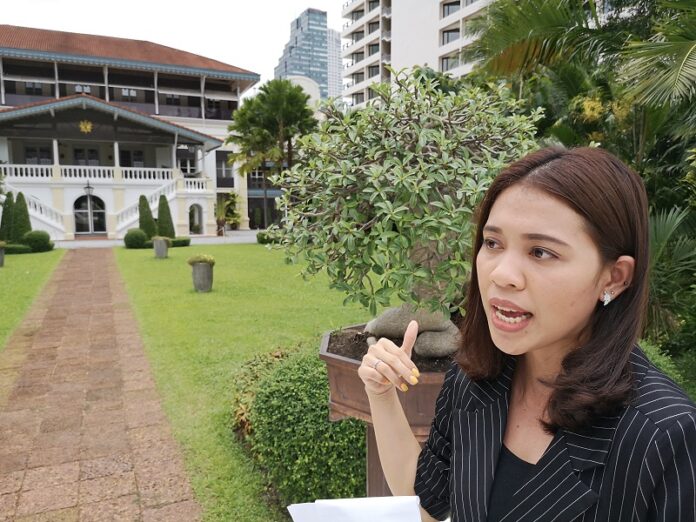
BANGKOK — The French ambassador’s residence, arguably the most historically significant such home in Bangkok, will open to the general public Sunday for a guided tour.
While there exists other charming and historic emissary’s homes such as that of the Portuguese – the oldest – and the American, more influential today; it’s at the French residence that one can take a view and imagine one of most tense encounters between Siam and the West a century ago.
Standing at the riverside porch-cum-jetty, visitors can imagine being transported back to 1893 when Siam came close to being colonized by France. It was there that the French battleship Le Lutin moored just meters from the porch in the Chao Phraya River, taking respite from a conspicuous act of gunboat diplomacy better known as the Paknam Incident.
“The crisis finally exploded early in 1893, following the unexplained expulsion of two French ‘commercial’ agents from the middle Mekong region and the death (from natural causes) of the French consul at Luang Prabang. Paris authorized the Indochina authorities to take measures to secure ‘reparation’ for these acts and explicitly laid claim to all of Laos east of Mekong by virtue of France’s succession to the ‘rights’ of Vietnam,” the late historian David K. Wyatt wrote in “Thailand: A Short History.”
“When Siam forces resisted French troops sent into Laos to take control of the territory in April 1893, killing a French officer who led an attack on them, the French government had the pretext of war they had sought. When the French were refused permission to send gunboats up the Chao Phraya River to Bangkok, the French commander sent them up anyway, forcing the defenses at the mouth of the river (Paknam) in a short engagement, notwithstanding orders from Paris that the gunboats were to remain outside the sandbar at the mouth of the river,” Wyatt wrote.
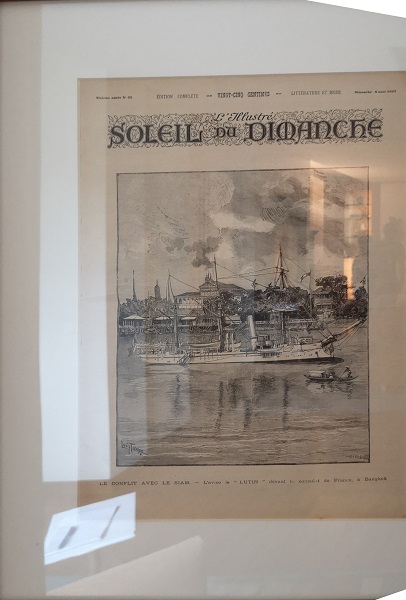
What followed was an ultimatum handed by Auguste Pavie, vice-consul in Luang Prabang and Siam, eventually ceding territories under its control in Laos, 3 million Francs and French occupation of Chanthaburi and Trat.
On a recent visit, Wimolrat Ratchawat, a protocol and administrative officer, declined to elaborate on the incident while guiding a small group of mostly Thai journalists to the site, so anyone wanting some historical context during Sunday’s free tour of the residence for European Heritage Days may want to do some reading in advance.
“I don’t really know much about it,“ Wimolrat said before proceeding to talk about the home’s gherkin architectural aspects, including its hardwood and brick foundations. The extant structure today dates back to 1901 and sits on 4 rai (6,000sqm) of land that includes the embassy.
It is not that the French Embassy fully wants to forget this bitter past period. Heading to the tropical, colonial-style mansion’s second of three floors, find a copper print image from 1893 of “Le Conflit Avec Le Siam” showing the Le Lutin moored in the river before the residence. It’s a little surreal as it hangs on a wall near a window with the a view of where the battleship would have been anchored 125 years ago.
In the main lobby, the 10-meter-or-so high ceiling reminds us of the pre-air con era. The beautiful dining room features Limoge plates and is where a number of select Thais, including Princess Sirindhorn, have dined over the decades.
An old menu card from 1913 was placed on a long dining table to accommodate a dozen guests but could be expanded to take up to 28 people before a backdrop of French and Thai flags.
It’s interesting to consider that while the residence here is just a century and a half old, the relationship between France and Siam actually dates back to the 16th century during the reign of King Narai the Great and France’s Sun King, Louis XIV, when diplomatic missions were exchanged. France even attempted but failed to convert the Siamese king to Catholicism.
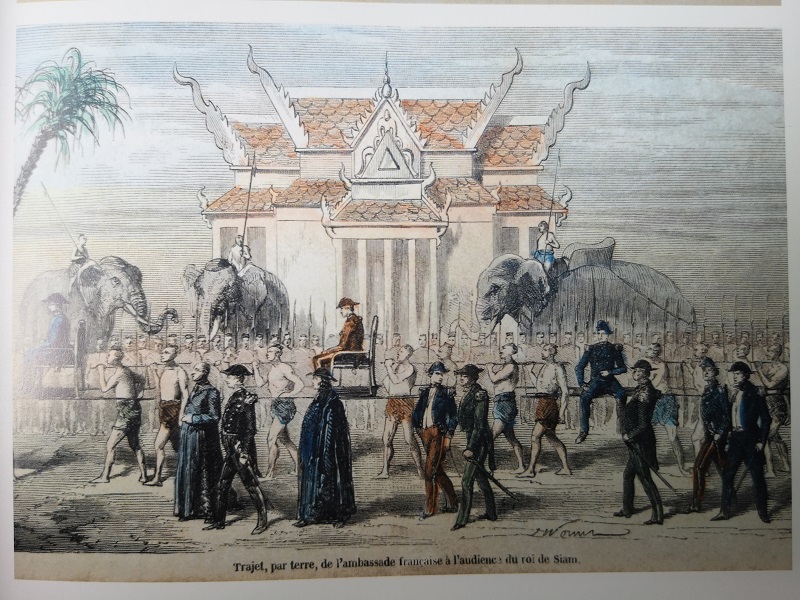
The Chevalier de Chaumont was the first French ambassador to Siam in 1684. The French were eventually ousted from the kingdom after Narai’s death in 1688 and abandoned their fortress in Bangkok after four months of siege. It wasn’t until the reign of King Rama IV, in 1856, when Emperor Napoleon III sent a new diplomatic mission led by Charles de Montigny to Thailand, this time in Bangkok. The consulate was established on the current site and diplomatic ties resumed.
As Wimolrat reminds, the site also included a detention center for French nationals who committed crimes in Siam but couldn’t be detained by Thai authorities. According to the book “La Residence de France a Bangkok,” the detention area – which no longer exists – was located in an annex to the residence. Then there was the swimming pool built by Italian-Thai Development, a major shareholder in the Oriental Hotel, as hotel construction next door took years and caused great inconvenience, Wimolrat said.
It’s been 162 years since and this storied residence is a concrete testimony to the ties – at times rocky and bitter – between the two nations worthy of a look by the general public.
The residence on Soi Charoen Krung 36 will be open from 10am to 4pm on Sunday. A free, 30-minute guided tour will be available in Thai, French and English. Groups will be limited to 20 people and are available on a first-come-first-served basis. Please bring an ID or passport.
